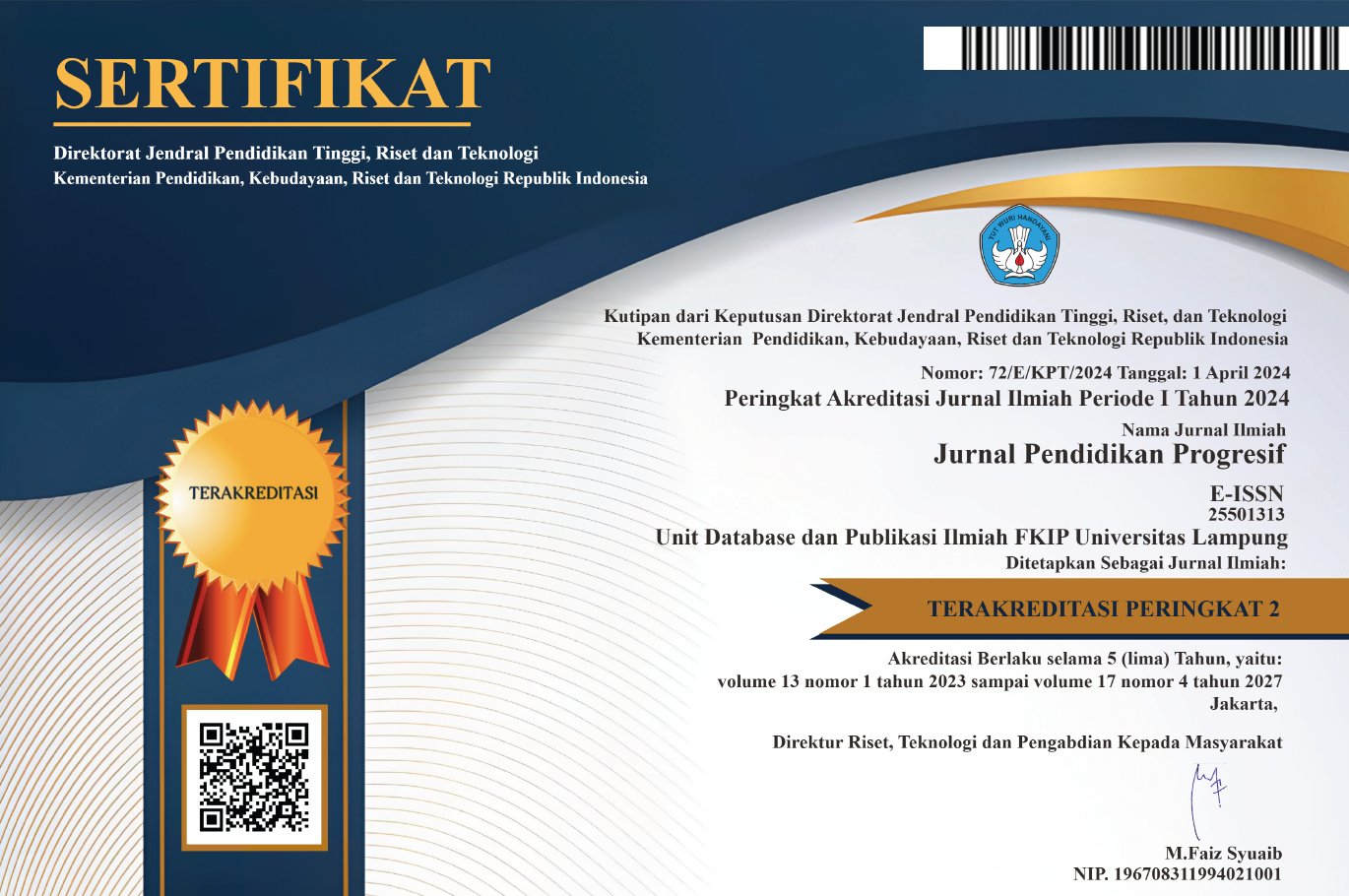Using Agile Software Development Methods to Develop an Android-Based Student Competency Assessment
 Country:
Country:
(1) Yogyakarta State University, Indonesia
(2) Yogyakarta State University, Indonesia
| Metrics→ |
| Indexing Site→ |
Copyright (c) 2025 Ghea Chandra Surawan, Haryanto Haryanto
Using Agile Software Development Methods to Develop an Android-Based Student Competency Assessment. Objective: This study aimed to develop an android-based competency assessment application system, reveal the functionalities, feasibility, performance, validity and reliability of the apps. Methods: This research was designed using a research and development (R&D) with Agile software method applied in the development stages (Beck, 1999). Sixty-seven students and two teachers were selected purposively and expressed willingness to participate in this study. Findings: Black box testing revealed that all features have run well from the role of admin, educator, and student. Conclusion: An android-based competency assessment application was successfully developed and ready to be used as an accurate and reliable electronic assessment instrument.
Keywords: assessment, students’ competency, applications research and development
DOI: http://dx.doi.org/10.23960/jpp.v13.i2.202347
Adnan, F., Prasetyo, B., & Nuriman, N. (2017). Usability testing analysis on the Bana game as educational game design references on junior high school. Indonesian Journal of Science Education , 6 (1), 88–94. Doi:10.15294/jpii.v6i1.9597
Adrian, Y., & Agustina, RL. (2019). Kompetensi guru di era revolusi industri 4 [teacher competence in the 4th industrial revolution era]. Lantern: Educational Scientific Journal , 14 (2), 175-181.
Beck, K. (1999). Embracing change with extreme programming. Computers, 32(10), 70-77. , 32 (10), 70–77.
Budiman, A. (2019). Kolom Pakar: Industri 4.0 vs Society 5.0 [Expert Column: Industry 4.0 vs Society 5.0].. Faculty of Engineering Ft. Ugm. Air conditioning. id.
Fraenkel, Jack R., & Wallen, NE. (2008). How to design and evaluate research in education (7th.ed). McGraw Hill.
Ghufron, M. (2018). Revolusi industri 4.0: tantangan, peluang, dan solusi bagi dunia pendidikan [industrial revolution 4.0: challenges, opportunities, and solutions for the world of education]. National Seminar and Multidisciplinary Panel Discussion on Research Results and Community Service 2018 , 1 (1), 332–337.
Khairunnisa, GF, & Ilmi, YIN. (2020). Media pembelajaran matematika konkret versus digital: systematic literature review di era revolusi industri 4.0 [concrete versus digital mathematics learning media: systematic literature review in the era of the industrial revolution 4.0]. Journal of Tadris Mathematics , 3 (2), 131–140. Doi: 10.21274/jtm.2020.3.2.131-140
Lee, MH, Yun, JHJ, Pyka, A., Won, DK, Kodama, F., Schiuma, G., Park, HS, Jeon, J., Park, KB, Jung, KH, Yan, MR, Lee, SY, & Zhao, X. (2018). How to respond to the fourth industrial revolution, or the second information technology revolution? dynamic new combinations between technology, market, and society through open innovation. Journal of Open Innovation: Technology, Market, and Complexity , 4 (3), 21. Doi: 10.3390/joitmc4030021
Mulyawan, MD, Kumara, INS, Bagus, Ida Swamardika, A., & Saputra, KO. (2021). Kualitas sistem informasi berdasarkan iso / iec 25010 [quality of information systems based on ISO / IEC 25010]. Scientific Journal of Electrical Technology , 20 (1), 15–28.
Prabowo, M. (2020). Metodologi pengembangan sistem informasi [information system development methodology]. LP2M Press IAIN Salatiga.
Putrawangsa, S., & Hasanah, U. (2018). I ntegrasi teknologi digital dalam pembelajaran di era industri 4.0 [integration of digital technology in learning in the industrial age 4.0]. Journal of Tatsqif , 16 (1), 42–54. Doi:10.20414/jtq.v16i1.203
Rodríguez, M., Oviedo, JR, & Piattini, M. (2016). Evaluation of software product functional suitability: a case study. Professional Quality Software, 18 (3).
Rosqvist, T., Koskela, M., & Harju, H. (2003). Software quality evaluation based on expert judgment. Software Quality Journal , 11 (1), 39–55. Doi:10.1023/A:1023741528816
Saputra, K., Nazaruddin, N., Yunardi, DH, & Andriyani, R. (2019). Implementation of haversine formula on location based mobile application in syiah kuala university. In 2019 IEEE International Conference on Cybernetics and Computational Intelligence (CyberneticsCom) , 40–45.
Schwab, K. (2016). The fourth industrial revolution: what it means and how to respond. World Economic Forum , 1–7.
Slepkov, AD, Van Bussel, ML, Fitze, KM, & Burr, WS. (2021). A Baseline for Multiple-Choice Testing in the University Classroom. SAGE Open , 11 (2). Doi:10.1177/21582440211016838
Sukmawati, S. (2020). Implementasi pemanfaatan google classroom dalam proses pembelajaran online di era industri 4.0 [implementation of using google classroom in the online learning process in the industrial age 4.0]. Online Creative Journal , 8 (1).
Tolle, H., Pinandito, A., Kharisma, AP, & Dewi, RK. (2017). Mobile device application development. Brawijaya Press University.
Towns, MH. (2014). Guide to developing high-quality, reliable, and valid multiple-choice assessments. Journal of Chemical Education , 91 (9), 1426–1431. Doi:10.1021/ed500076x
Wardina, UV, Jalinus, N., & Asnur, L. (2019). Kurikulum pendidikan vokasi pada era revolusi industri 4.0 [vocational education curriculum in the industrial revolution era 4.0]. Journal of Education , 20 (1), 82. Doi:10.33830/jp.v20i1.843.2019
Refbacks
- There are currently no refbacks.

This work is licensed under a Creative Commons Attribution-ShareAlike 4.0 International License.
View My Stats


